Sometimes what you can’t see in a house is even more important than what you can see. These things might be hiding behind the walls and under the floors, but Scott McGillivray believes the investment you make will be worth every penny.
Scott McGillivray is a real estate expert and host of HGTV Canada’s Income Property and Moving the McGillivrays.
Published March 4, 2019, Updated February 16, 2020

Insulation
It helps to keep your home warm in the winter and cool in the summer and when you’ve got good insulation, it can also help to drastically reduce your energy bills. I recommend a stone wool product that will not just help insulate, but will also help protect from fire.
Related: 15 Money-Saving Tips for First-Time Homebuyers From Scott McGillivray

Waterproofing
Most people already know this, but they don’t do anything about it. Tile is not waterproof, so in your shower it’s really important to use waterproofing materials behind the tile. I use Kerdi board instead of drywall to protect against moisture. Without it, you run the risk of mould growth and tile deterioration over time.
Related: Scott McGillivray Reveals the 15 Income Properties He’s Most Proud Of

Uncoupling Layer
Bathrooms, laundry rooms and kitchens often have tile floors and when you have a tile floor it’s well worth the price of including an uncoupling layer underneath. An uncoupling layer sits between the subfloor and the tile and helps to keep the tile from cracking or breaking.
Related: 12 Kitchen Features Scott McGillivray Thinks Every Home Needs
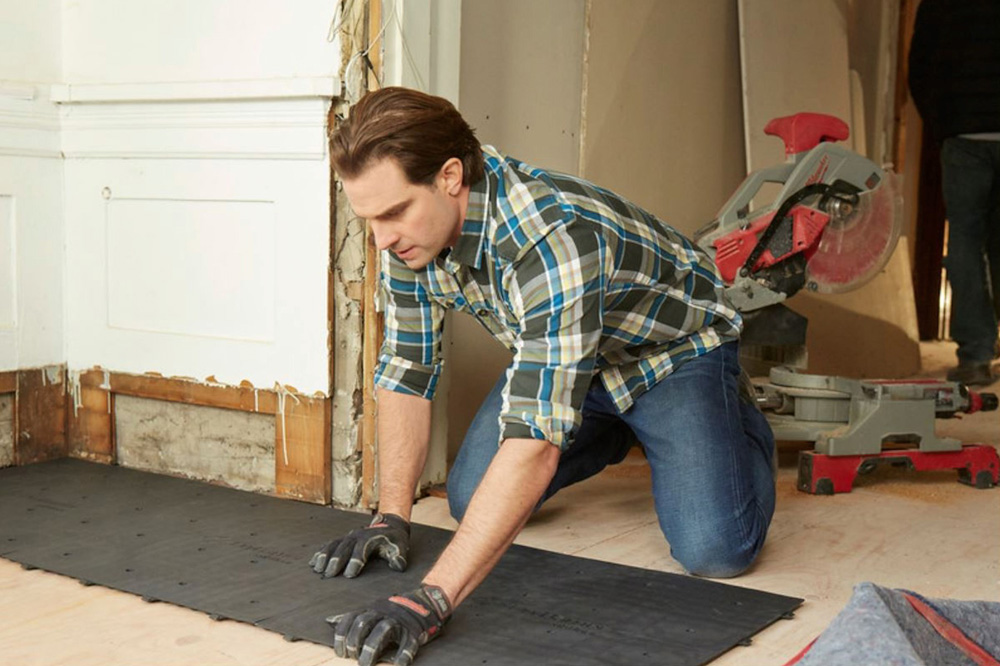
Subfloor
A proper subfloor made of inorganic materials is well worth the investment. It can protect against mould in damp basements and it adds an extra layer of warmth and comfort. I won’t install a basement floor without it.
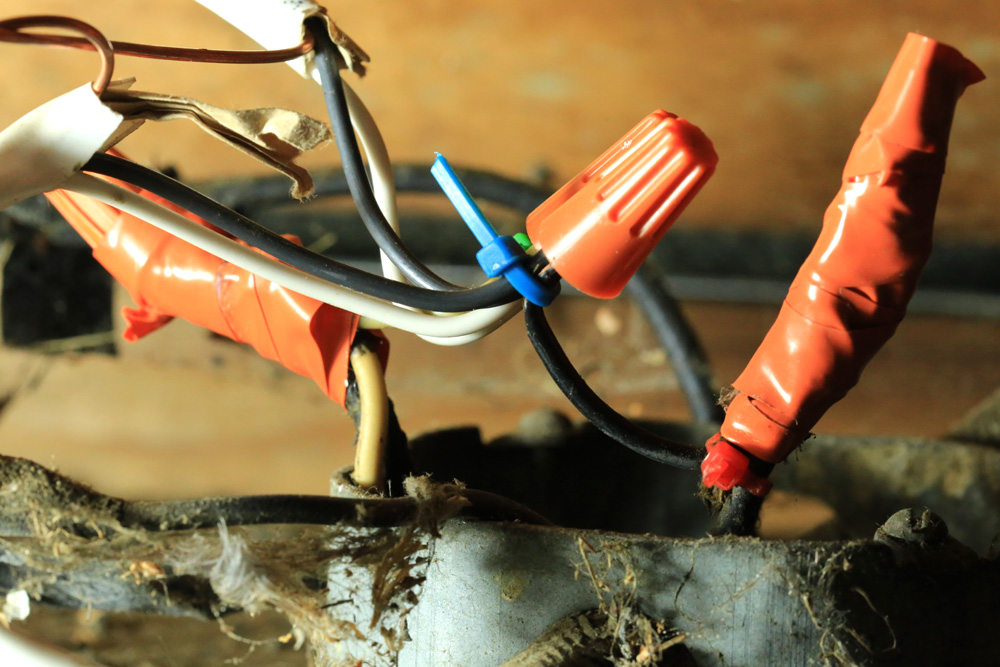
Electrical Updates
I renovate a lot of older homes and I often find they have knob and tube wiring. When I find it, I replace it. Knob and tube isn’t necessarily dangerous if it’s been well maintained, but if it’s found you may find you have trouble getting home insurance. And once you start renovating, it just makes sense to do the upgrade and make your home as safe as possible.
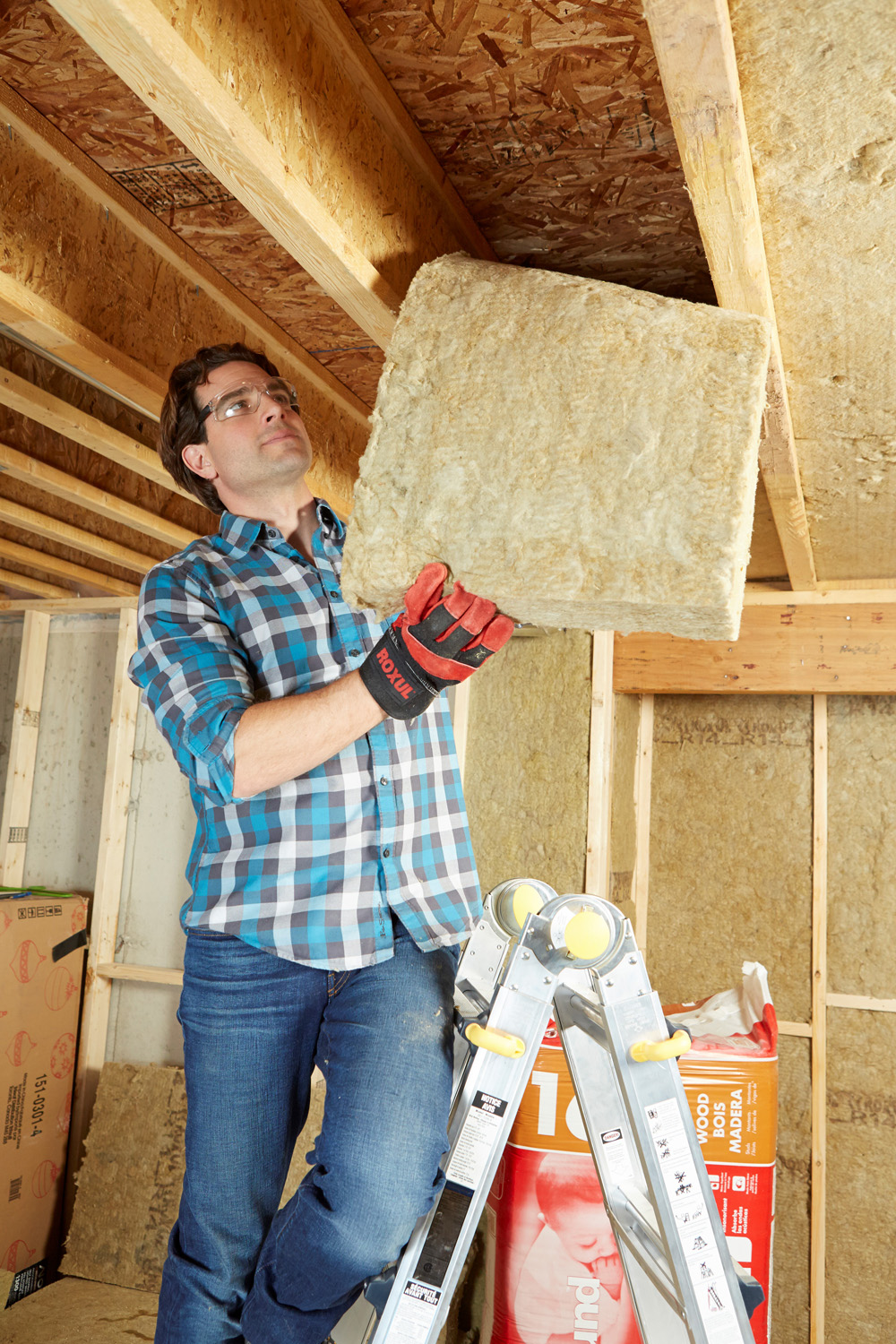
Soundproofing
between rooms and floors within a house is a big issue for homeowners, particularly those with noisy teenagers or income suites! I suggest opting for insulation with dense non-directional fibre structure that will cushion and absorb noise effectively. Stone wool insulation can be installed between floors or within interior or partition walls. It’s ideal for rec rooms, home theatres, music rooms, bedrooms, bathrooms, mechanical rooms or home offices.

Interior Cabinet Storage
Even though you don’t often look at it, interior cabinet storage will make your kitchen more organized and your time in it more efficient. Think about including roll-out trays, divided cutlery trays, waste/recycling centres, tech storage and so on.
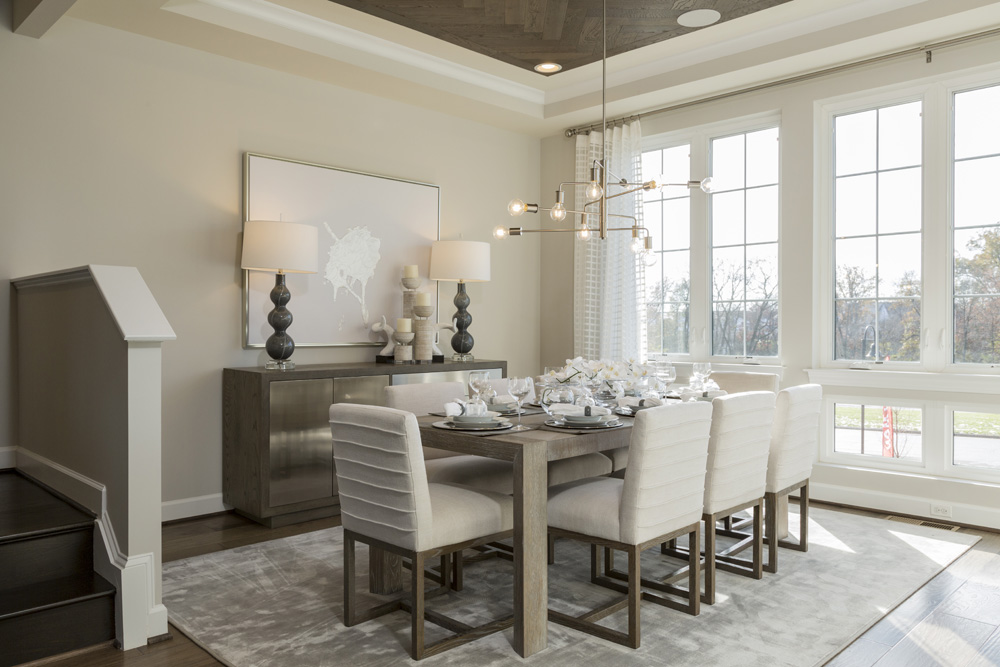
Windows
They’re not exactly hidden, but since you look right through them I’m putting them on the list! Replacing older, drafty windows is always worth the investment. Windows can add value to a property – usually 100 per cent ROI or more provided that they’re good quality and properly installed – and they can help make your home more energy-efficient.
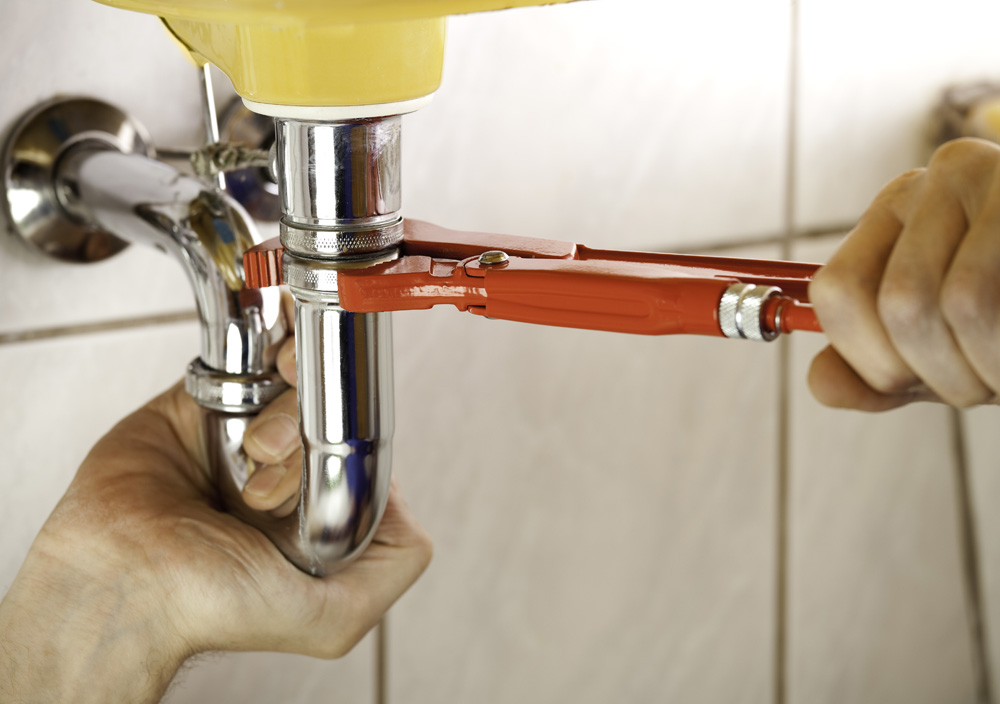
Plumbing
Plumbing isn’t something you see much of, but boy will you know if something goes wrong with it! Also, where you place your fixtures (toilets, tubs, etc.) can have a huge impact on how a room functions. While it will save you money not to have to move the plumbing, the expense can be worth it if it increases space and efficiency.

Structural Elements
When you’re renovating, you might find some structural elements are in the way. Bulkheads, poles and columns can all block sightlines and be general nuisances. Look into the cost and complexity of moving them. Although they sometimes have to stay put, other times it can be worth the expense of moving them in order to create a more open space.
HGTV your inbox.
By clicking "SIGN UP” you agree to receive emails from HGTV and accept Corus' Terms of Use and Corus' Privacy Policy.




